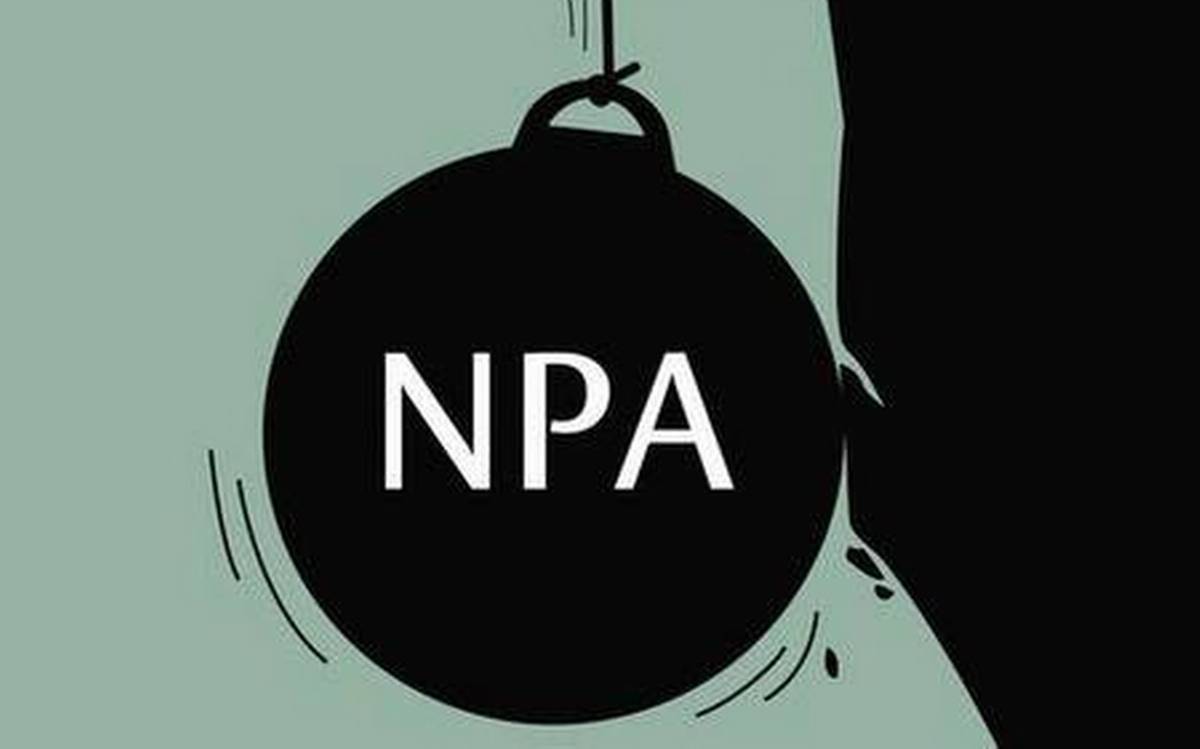Non-Performing Assets (NPAs) are secured or unsecured loans, which are in default or arrears, because of non-payment by borrowers. The principal and interest repayments are either missed, delayed, or overdue for more than 90 days. Typically, the term ‘NPA’ is often used in the context of banks. NPAs help you assess the asset quality of a bank and its long-term sustainability. Thus, it is an important metric to consider while analysing bank stocks to invest in.
NPA classification
Based on the total overdue period, NPAs can be categorised into the following types:
- Substandard assets: NPAs with overdue periods of less than 12 months
- Doubtful assets: NPAs whose overdue period has exceeded 12 months
- Loss assets: NPAs with zero chances of recovery
Gross NPA vs Net NPA
| Point of Distinction | Gross NPA | Net NPA |
| Meaning | Gross NPA is the total of an organisation’s outstanding loans or receivables defaulted by borrowers, including the principal and the interest | Net NPA is the amount left after subtracting the provisions for unpaid or bad debts from Gross NPA |
| Implication | It doesn’t indicate actual losses incurred by an organisation | It indicates actual losses suffered by an organisation |
| Impact | It adversely impacts the goodwill and market value of an organisation’s stocks | It reflects on a lender’s profitability and liquidity |
| Potential causes | Macroeconomic conditions like recession, global pandemic, policy changes, declining industry, etc | High provisioning requirements specified by the central bank of the country |
Gross and Net NPA calculation
- You can compute gross NPA using this formula:
Gross NPA = Σ (A1 + A2 + A3……….+AN)
Where A1, A2, A3, AN = Loans defaulted in a specified period
- Now, you can calculate Net NPA using the following formula:
Net NPA = Gross NPA – Provision for doubtful debts
- Related ratios:
Gross NPA ratio = Gross NPA / Gross advances
Net NPA ratio = Net NPA / Gross advances
Impact of NPA on banks and businesses
- A high gross NPA ratio implies that many loans have gone wrong
- Net NPA is a better indicator of a bank’s financial health. A high net NPA may force banks to resort to strict debt recovery measures. Consequently, consumers and businesses may experience financial stress
- At the macro level, high gross NPA in the banking industry may reduce total consumer and corporate credit available in the economy
Importance of NPAs for making investment decisions
Gross NPA is the summation of defaulted loans, while net NPA is gross NPA minus provisions for doubtful debts in a given period. The lower the NPA of a financial institution, the better its stock is for investment purposes. Although NPAs aren’t the only factor to consider while making stock market investment decisions, they are definitely an important aspect to take into account so that you can make smart decisions concerning stocks to buy today.

